

In engineering, the RS485 control line is often mentioned. What exactly is it? Today, I will discuss the applications related to RS485. By delving deeper into RS485, you will find that there is indeed a lot of knowledge involved. Therefore, we will choose some common issues in weak current systems for everyone to understand.

The RS485 bus is generally used to collect multiple data points, whether analog or switch signals. RS-485 operates in half-duplex mode and supports multipoint data communication. The RS-485 bus network topology typically adopts a terminal-matching bus structure. This means that a single bus connects various nodes in a series, and it does not support ring or star networks.
RS485 does not have a specific physical shape, and the interface is adopted based on the actual engineering situation. RS485 uses differential signaling with negative logic, where +2V to +6V represents ‘0’, and -6V to -2V represents ‘1’.
RS485 can be wired in two-wire or four-wire configurations. The four-wire configuration can only achieve point-to-point communication and is rarely used now. The two-wire configuration is more commonly employed, allowing up to 32 nodes to be connected on the same bus topology.
The communication distance of the 485 bus can reach 1200 meters. According to the theoretical structure of the 485 bus, under ideal conditions, the transmission distance can reach 1200 meters. This condition requires high-quality communication cables, a baud rate of 9600, and only one 485 device connected to achieve this distance. Therefore, the actual stable communication distance of the 485 bus often does not reach 1200 meters. If multiple 485 devices are loaded, if the cable impedance does not meet standards, if the wire diameter is too thin, if the converter quality is poor, if the equipment has complex lightning protection, and if the baud rate is increased, all these factors will reduce the communication distance.
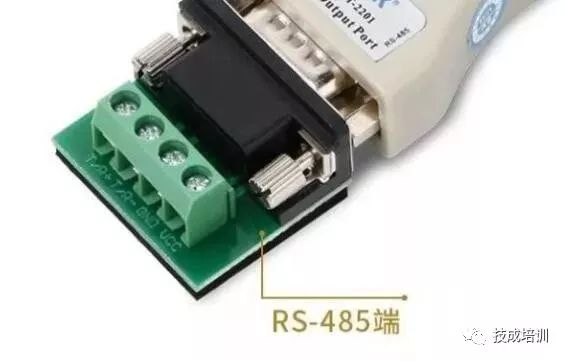

In general situations, ordinary twisted pair cables can be used. In higher requirement environments, shielded coaxial cables can be used. When using the RS485 interface, the maximum cable length allowed for data signal transmission from the RS485 interface to the load is inversely proportional to the baud rate of the signal transmission. This length is mainly affected by signal distortion and noise.
Theoretically, RS485 can achieve a maximum transmission distance of 1200 meters, but in practical applications, the transmission distance is usually shorter, depending on the surrounding environment. During transmission, relay methods can be employed to amplify the signal. Up to eight relays can be added, which means that theoretically, the maximum transmission distance of RS485 can reach 9.6 kilometers. If long-distance transmission is truly needed, optical fiber can be used as the transmission medium, with a photoelectric converter added at each end. The transmission distance for multimode optical fiber is 5-10 kilometers, while single-mode optical fiber can reach up to 50 kilometers.

1. What type of communication line should be used for the 485 bus? How many devices can be connected on one bus?
It is necessary to use RVSP shielded twisted pair cables. The specifications of the shielded twisted pair cable used depend on the distance of the 485 communication line and the number of devices connected, as shown in the table below. Using shielded twisted pair cables helps reduce and eliminate the distributed capacitance generated between the two 485 communication lines as well as common mode interference from around the communication lines.
Some say that the 485 bus can communicate with 128 devices.
This is not the case for all 485 converters, as it depends on the model of the chip inside the 485 converter and the chip model of the 485 device to determine the load capacity. The load capacity can only be determined according to the lower-rated chip. Generally, the load capacity of 485 chips has three levels – 32 devices, 128 devices, and 256 devices. Furthermore, the nominal specifications are often not achievable in reality. The longer the communication distance, the higher the baud rate, the thinner the wire diameter, the poorer the cable quality, the worse the converter quality, and the stronger the lightning protection, all these factors will reduce the actual load quantity.
Most contractors are accustomed to using Category 5 or enhanced Category 5 network cables as 485 communication lines, which is incorrect because:
(1) Ordinary network cables lack shielding and cannot prevent common mode interference.
(2) Wires with too small a diameter cannot be used, as they will reduce transmission distance and the number of devices that can be connected, at least 0.4mm square or use standard network cables.
(3) Network cables are made of solid copper wire, which is more prone to breakage compared to stranded wire.
2. Why is grounding necessary?
The 485 transceiver can only operate normally within the specified common mode voltage range of -7V to +12V. If it exceeds this range, it will affect communication and may severely damage the communication interface. Common mode interference can increase the common mode voltage mentioned above. One effective way to eliminate common mode interference is to use the shield layer of the 485 communication line as the ground, connecting the grounding of devices such as computers and other equipment in the network together, and reliably grounding them to the earth.
3. How should the 485 communication line be routed?
Communication lines should be kept as far away as possible from high-voltage lines, fluorescent lights, and other sources of interference. If the communication line cannot avoid interference from power lines, it should be perpendicular to the power lines, not parallel, and definitely not bundled together, while using high-quality twisted pair cables for routing.
4. Why should the 485 bus adopt a daisy chain structure instead of a star structure?
A star structure will produce reflected signals, which can interfere with 485 communication. The branch line from the bus to each terminal device should be kept as short as possible, generally not exceeding 5 meters. If a branch line is not connected to a terminal, it will have reflected signals that strongly interfere with communication, so it should be removed. It is best to have 120Ω termination resistors at both ends of the RS485 device.
Star connection as shown:
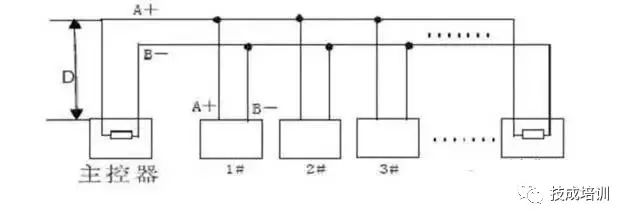
5. Can there be junctions between devices on the 485 bus?
In the same network system, using the same type of cable, it is advisable to minimize junctions in the line. Ensure that the junctions are well soldered, tightly wrapped, and avoid looseness and oxidation. Ensure a single, continuous signal path as the bus.
6. What are common mode and differential mode interference? How to eliminate interference on the communication line?
The 485 communication line consists of two twisted wires, and it transmits signals through the voltage difference between the two communication lines, hence the term differential voltage transmission. Differential mode interference occurs between the two signal lines and is a symmetric interference. To eliminate differential mode interference, a bias resistor (matching resistor in the camera) can be added in the circuit, and twisted pair cables should be used; common mode interference occurs between the signal line and ground and is an asymmetric interference. Methods to eliminate common mode interference include:
(1) Use shielded twisted pair cables and ensure proper grounding.
(2) In areas with strong electric fields, consider using galvanized pipes for shielding.
(3) During wiring, keep away from high voltage lines, and do not bundle high voltage power lines with signal lines.
(4) Use linear regulated power supplies or high-quality switching power supplies (ripple interference less than 50mV).
7. Under what circumstances should termination resistors be added on the 485 bus?
Generally, termination resistors are not needed unless the 485 communication distance exceeds 300 meters, at which point termination resistors should be added at both the beginning and end of the 485 communication. Especially when the number of devices on the 485 bus is small. When the number of devices is large (for example, more than 22), termination resistors are generally not needed because they can reduce the load capacity of the 485 bus. The connection method for the camera terminal’s 120Ω matching resistor is as follows: The 120Ω matching resistor for the camera terminal can be connected by toggling the DIP switch on the camera chassis. By default, the 120Ω matching resistor is not connected when the camera leaves the factory. It can be connected by switching the 10th position of the DIP switch to ON. Conversely, if the 120Ω matching resistor is not connected, switch the 10th position to OFF.
8. Issues in Practical Applications
In practical construction, users often adopt a star connection method. In this case, termination resistors must be connected to the two devices that are furthest apart on the line (as shown below, devices 1# and 15#). However, since this connection method does not comply with the RS485 industrial standard, it can easily lead to issues such as signal reflection and decreased anti-interference capability, resulting in reduced reliability of control signals. The phenomena that may occur include the camera being completely uncontrollable or operating autonomously and unable to stop.
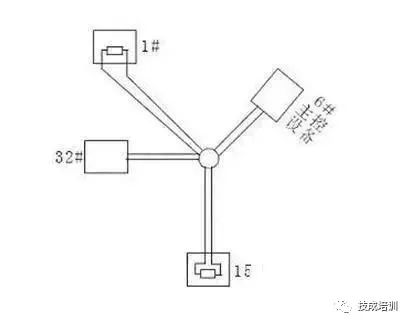
For this situation, it is recommended to add an RS485 distributor. This product can effectively convert star connections into connections that comply with RS485 industrial standards, thus avoiding problems and improving communication reliability, as shown in the diagram below.
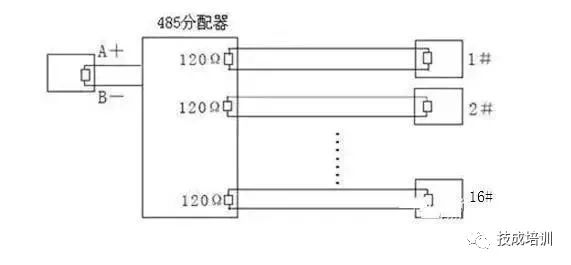
9. Recommended Cable for Maximum Transmission Distance Without Relay
1) Ordinary twisted shielded cable STP-120Ω (for RS485 & CAN) one pair 20 AWG, with an outer diameter of about 7.7mm. Suitable for indoor, conduit, and general industrial environments. When using, the shield layer must be grounded at one end!
(2) Ordinary twisted shielded cable STP-120Ω (for RS485 & CAN) one pair 18 AWG, with an outer diameter of about 8.2mm. Suitable for indoor, conduit, and general industrial environments. When using, the shield layer must be grounded at one end!
(3) Armored twisted shielded cable ASTP-120Ω (for RS485 & CAN) one pair 18 AWG, with an outer diameter of about 12.3mm. Can be used in environments with severe interference, frequent rodent damage, and requirements for lightning protection and explosion-proof. When using, it is recommended to ground the armored layer at both ends and the innermost shielding layer at one end.

1. How to prevent faults from occurring?
To reduce communication faults, the following suggestions are provided.
(1) It is recommended that users use and purchase 485 converters provided by the manufacturer or converters recommended by the manufacturer.
(2) Manufacturers conduct extensive testing on 485 converters compatible with their products and require 485 converter manufacturers to produce and quality test according to fixed performance parameters. Therefore, they have good compatibility with access control devices. Do not be tempted to buy cheap, unbranded 485 converters.
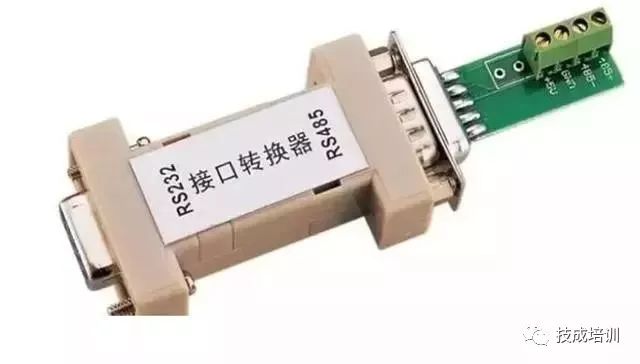
(3) Strictly follow the construction specifications for the 485 bus to eliminate any luck-based mentality.
(4) For long lines with many loads on the 485 bus project, adopt scientific solutions with reserves.
(5) If the communication distance is too long, such as exceeding 500 meters, it is recommended to use repeaters or 485 HUBs to solve the problem.
(6) If there are too many loads, such as exceeding 30 devices on a single bus, it is recommended to use a 485 HUB to solve the problem.
(7) Bring debugging equipment for on-site debugging. When debugging on-site, be sure to carry several converters that can handle long distances and multiple loads, a commonly used laptop, a multimeter for testing circuit interruptions, and several 120-ohm termination resistors.
2. What are some common communication faults when using the 485 bus structure?
(1) No communication, no response.
(2) Data can be uploaded, but not downloaded.
(3) During communication, the system indicates interference, or the communication indicator light keeps flashing even when not in communication.
(4) Sometimes communication works, sometimes it does not; some commands work, while others do not.
3. What debugging methods are available when a fault occurs?
Before debugging, ensure that the device wiring is correct and that the construction complies with specifications. You can use the following debugging methods based on the encountered issues.
(1) Common Ground Method:
Use one wire or shielded wire to connect the GND of all 485 devices together to avoid potential differences that can affect communication between devices.
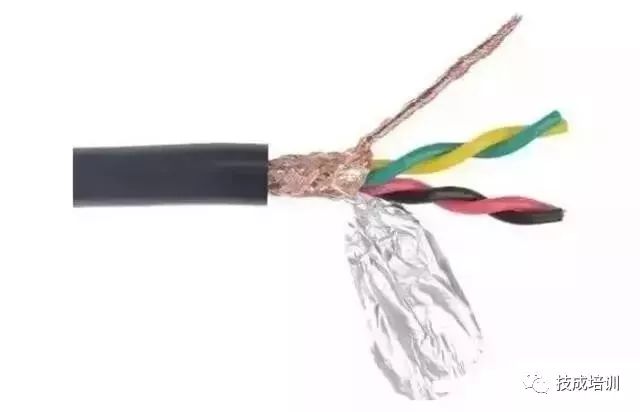
(2) Termination Resistor Method:
Connect a 120-ohm termination resistor across the 485+ and 485- of the last 485 device to improve communication quality.
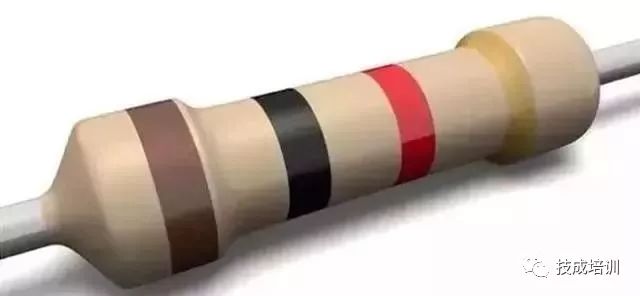
(3) Intermediate Segment Disconnection Method:
Disconnect from the middle to check if there are too many device loads, too long communication distances, or if a specific device is affecting the entire communication line.
(4) Pulling Wire Method:
Run a simple wire to the device to rule out whether wiring issues are causing communication faults.
(5) Replacing Converter Method:
Carry several converters to rule out whether converter quality issues are affecting communication quality.
(6) Laptop Debugging Method:
Ensure that the laptop you carry is a device that communicates normally; use it to replace the customer’s computer for communication. If it works, it indicates that the customer’s computer’s serial port may be damaged or malfunctioning.
In weak current intelligent engineering, RS485 applications are numerous, commonly used in access control systems, BA systems, intelligent lighting systems, parking management systems, etc. With the continuous popularity of digital networks, the application of RS485 in weak current is decreasing.
Disclaimer: This article is reproduced from the internet, and the copyright belongs to the original author. If there are any copyright issues, please contact us in time for deletion. Thank you!
2021 Electrician Beginner Exam Question Bank Complete (Includes Answers)
Three essential tools for electrical workers, available with one click on WeChat!
[Collection] The “Path” of a Ten-Year Veteran Electrician, Secrets to Earning Over Ten Thousand a Month!
The five major electrical drawing software (CAD, Eplan, CADe_simu…), which one do you choose?
Latest electrical version CAD drawing software, with a super detailed installation tutorial!
Latest electrical drawing software EPLAN, with a super detailed installation tutorial!
Common issues for beginners using S7-200 SMART programming software (includes download link)
Comprehensive electrical calculation EXCEL spreadsheet, generates automatically! Electrical calculations made easy!
Bluetooth headphones, introductory books for electricians/PLC available for free? Come and claim your electrical gift!
Basic skills in PLC programming: Ladder diagrams and control circuits (includes 1164 practical cases for Mitsubishi PLC)
Still can’t understand electrical diagrams? Basics of electrician drawing, simulation software available, theory and practice quickly get started!
12 free electrician video courses, 10GB software/eBook materials, and 30 days of free live electrician courses are available!

